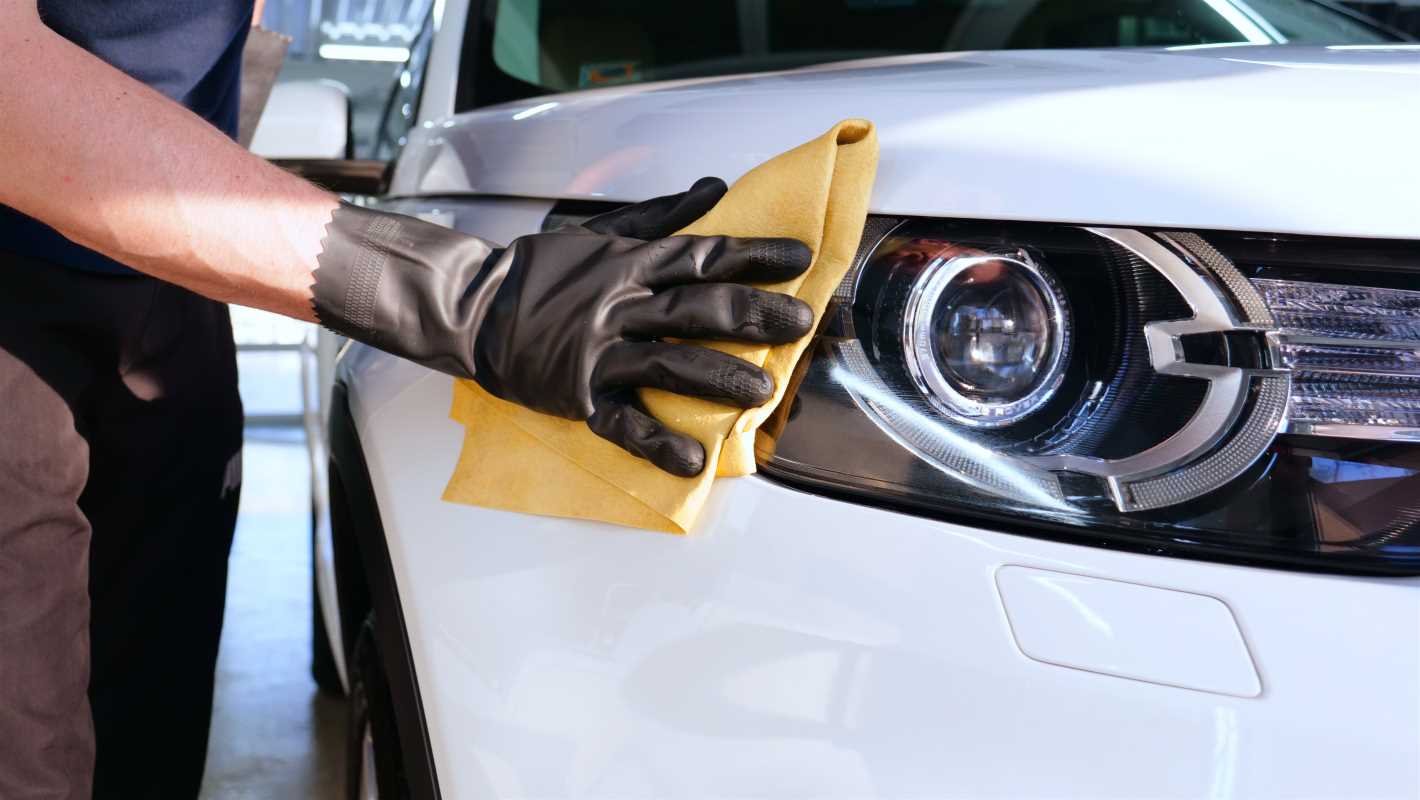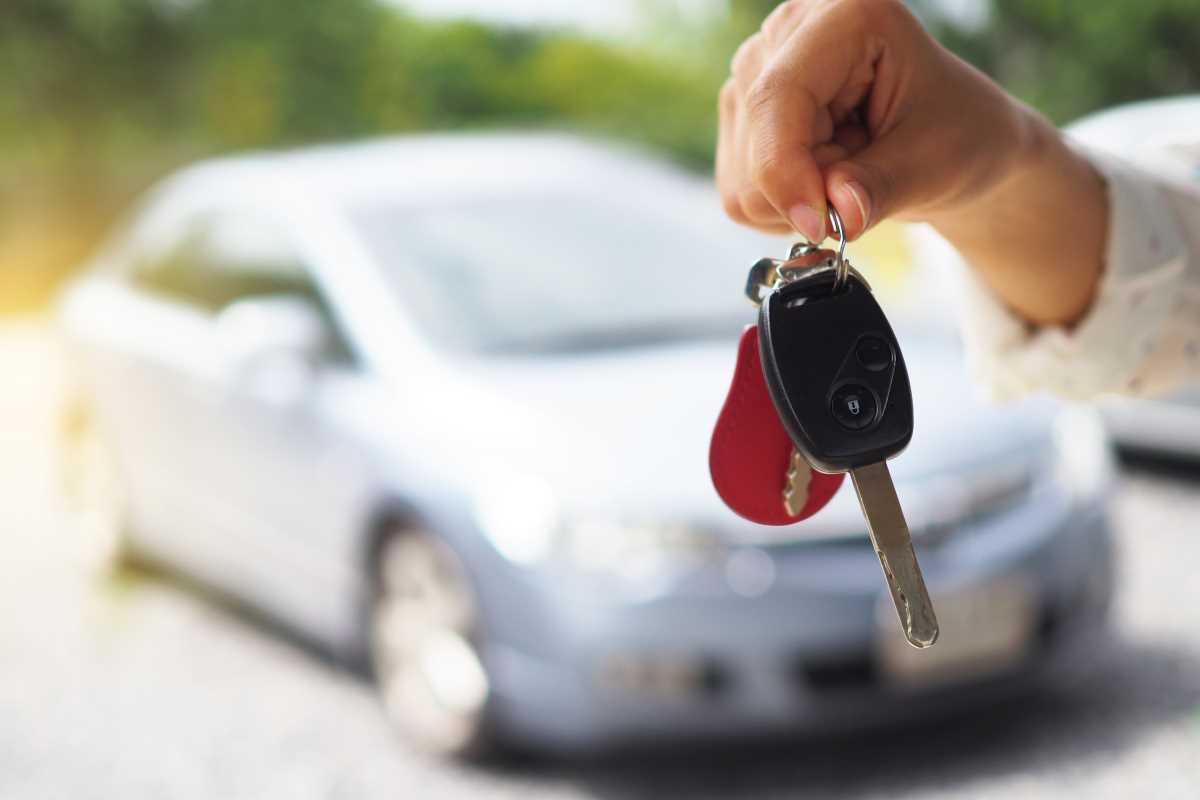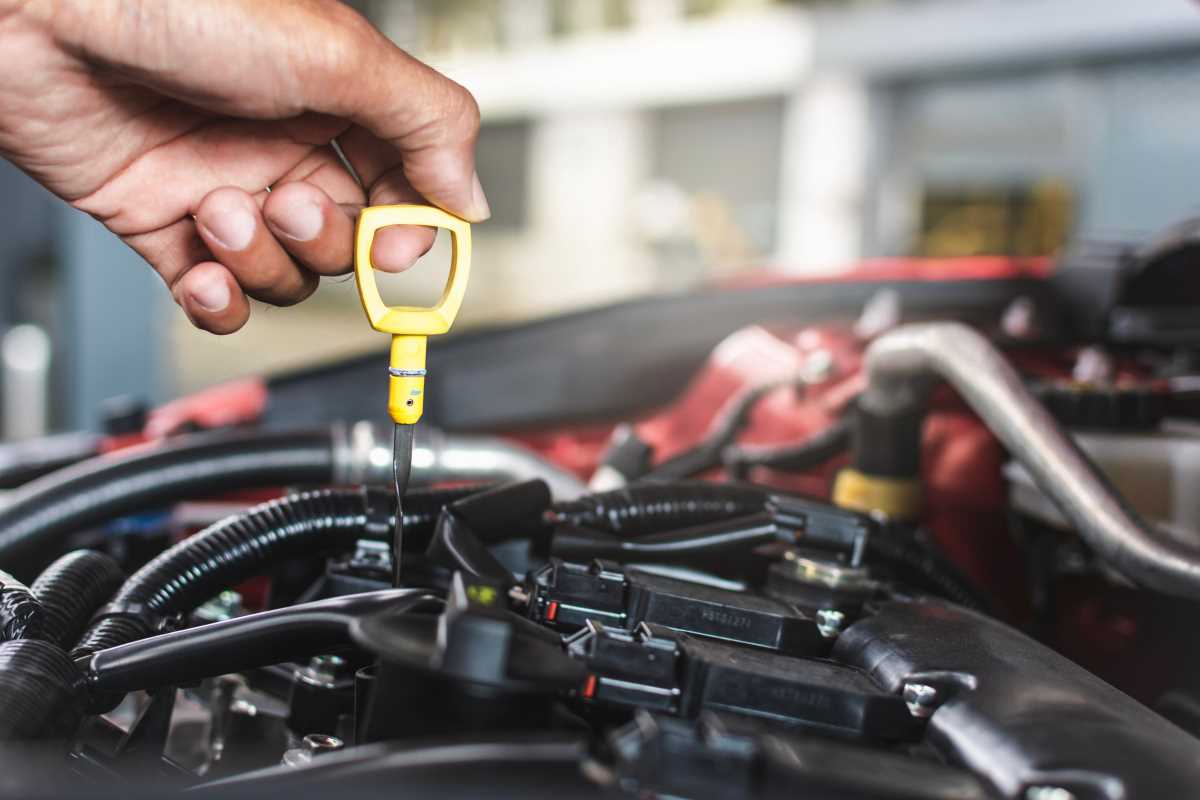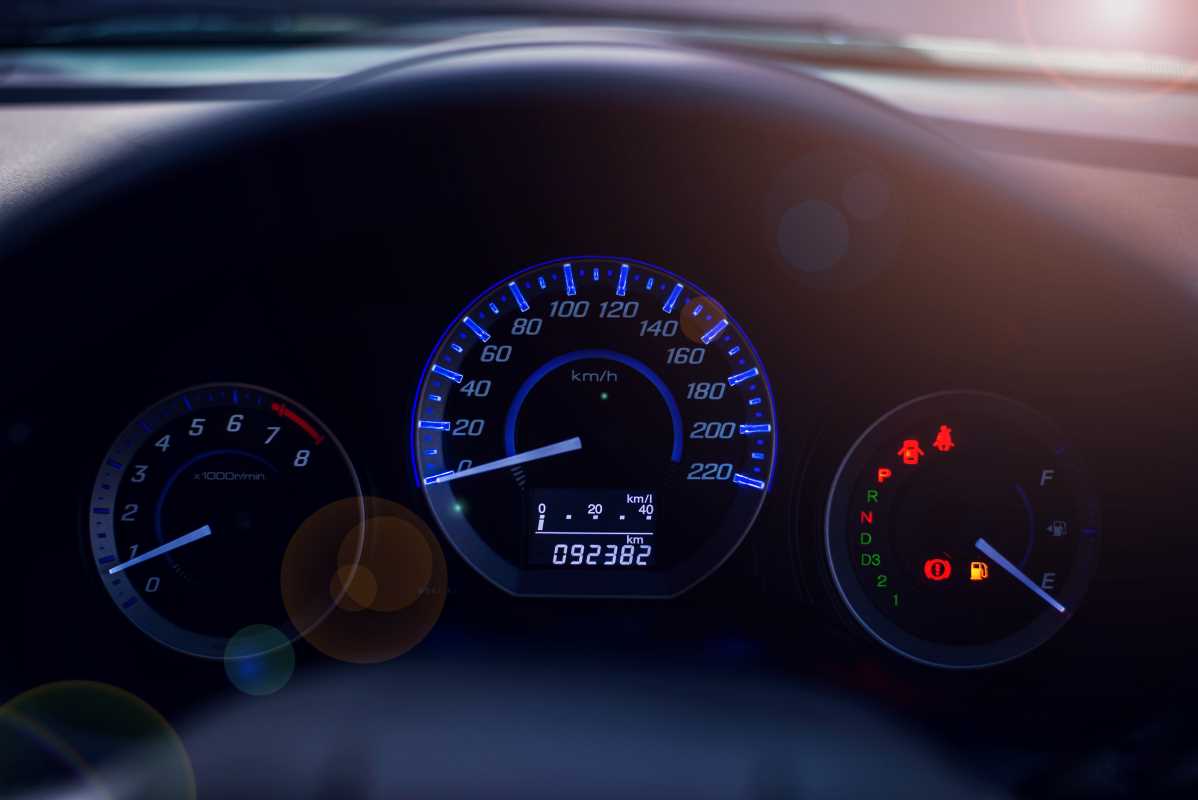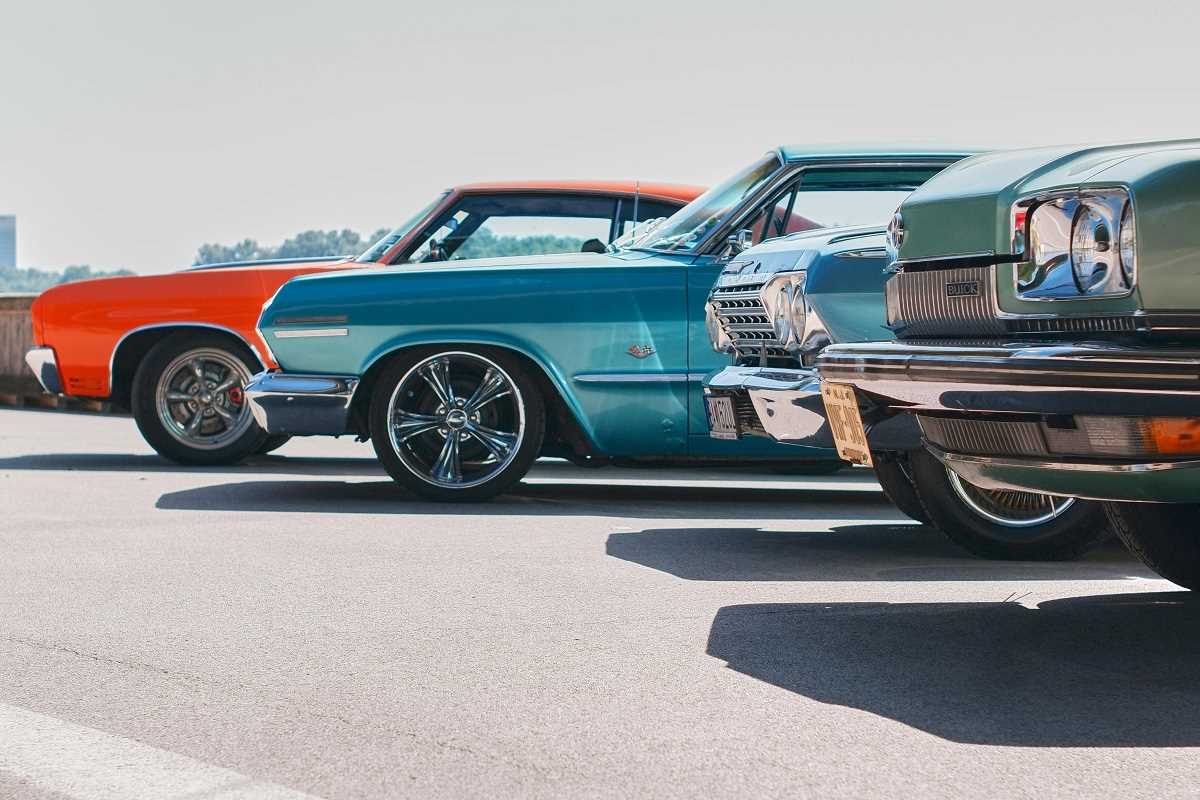If you’ve been shopping for a used car lately, you might have noticed something surprising. Prices have skyrocketed, leaving many buyers scratching their heads and wondering what’s behind the increase. After all, one of the biggest advantages of buying used has always been saving money. But over the past few years, getting a good deal on pre-owned vehicles has become trickier than ever. Rising demand, supply chain disruptions, and economic shifts are all playing a role in this trend. To understand why the prices of used cars are on the rise, let's dig into the factors driving this unexpected market change.
The Ripple Effect of Supply Chain Issues
One of the biggest culprits behind rising used car prices is the impact of supply chain problems on the new car market. Manufacturing new vehicles requires a ton of parts, from chips to steel. Over the past few years, shortages of critical components like semiconductor chips have caused significant slowdowns in new car production. The shortage of chips, in particular, hit automakers hard because modern cars rely on them for everything from infotainment systems to safety features.
Fewer new cars being made means fewer options on dealership lots, which drives buyers toward the used car market instead. With more demand for pre-owned vehicles, prices naturally increase. Even people who might typically buy new are now competing for used cars, creating a ripple effect that boosts prices across the board.
Record-High Demand Meets Limited Supply
The basic rule of supply and demand can explain much of what’s happening. Over the past few years, the demand for cars has surged. Many people who used to rely on public transportation or ride-sharing services began looking for their own vehicles. Whether it’s due to safety concerns during the pandemic, changes in commuting habits, or the need for more flexibility, there’s been a noticeable shift in buying behavior.
At the same time, supply hasn’t kept up. The pandemic caused disruptions throughout the auto industry, from factory shutdowns to shipping delays. Rental car companies, which often sell off their older fleet vehicles to the used market, dramatically cut back on their inventory during the pandemic and are now hanging onto cars longer. The result? A smaller pool of available used cars and fierce competition among buyers.
People Are Keeping Their Cars Longer
Another surprising trend that’s contributing to the used car price surge is how long people are holding on to their vehicles. Modern cars are built to last longer than ever, and many drivers are taking full advantage of their durability. Instead of trading in their cars every few years, more people are sticking with what they have, opting to invest in repairs or upgrades rather than buying something new.
This behavior limits the number of cars entering the used market. With fewer trade-ins available, dealerships and private sellers alike can raise prices due to the limited supply of pre-owned vehicles. For buyers, this means fewer options and higher price tags on the cars that do make it to market.
Rising New Car Prices Push Buyers to Used Vehicles
New cars aren’t just hard to find; they’re also getting more expensive. Automakers have been increasing prices for new vehicles, driven by everything from production costs to inflation. Features that were once considered optional, like high-tech safety systems, are now standard on many models, further pushing up costs.
For buyers, this means the gap in price between new and used cars has started to narrow. More people are turning to used options to save money, even though those costs have climbed as well. This added competition in the used car market is another reason why prices continue to rise.
The Role of Inflation
Economic factors like inflation can’t be ignored when talking about used car prices. Over the past few years, inflation has hit many industries hard, including the auto market. Everything from raw materials to labor has become more expensive, and those costs eventually trickle down to consumers. This has made buying anything car-related more expensive, from brand-new models to pre-owned ones.
While inflation isn’t the only reason behind rising used car costs, it contributes to the overall pressure on prices. When combined with all the other factors at play, it creates a perfect storm that makes finding a bargain harder for car buyers.
Online Sales and Competition
The way we buy cars has also shifted over the years, and that change has had unintended consequences on prices. Online platforms like Carvana and Vroom have made it easier than ever to shop for and buy a used car from the comfort of your home. While this convenience is great for buyers, it’s also introduced a new layer of competition.
These online marketplaces often scoop up large inventories of used cars, sometimes outbidding traditional dealerships or individual buyers in the process. The result is higher prices across the board, as online sellers aim to cover their overhead costs while catering to convenience-minded shoppers.
Higher Quality Used Cars Hold Value Longer
Finally, it’s worth mentioning that the quality of used cars has improved over the years. Modern vehicles are built with better materials, more durable parts, and advanced technology, which means they hold up better even after years of use. These improvements have also changed how buyers view used cars.
Many shoppers are now willing to pay a premium for pre-owned vehicles that come with reliability and long-lasting performance. Certified pre-owned programs take this trend even further, offering extended warranties and inspections that give buyers peace of mind. This added confidence encourages buyers to spend more, contributing to the overall rise in prices.
The soaring costs of used cars may feel frustrating, but understanding the factors driving the trend can help you make smarter decisions. Whether it’s supply chain disruptions, changing demand, or economic shifts at work, knowing the "why" behind the prices can make all the difference when navigating today’s auto market.
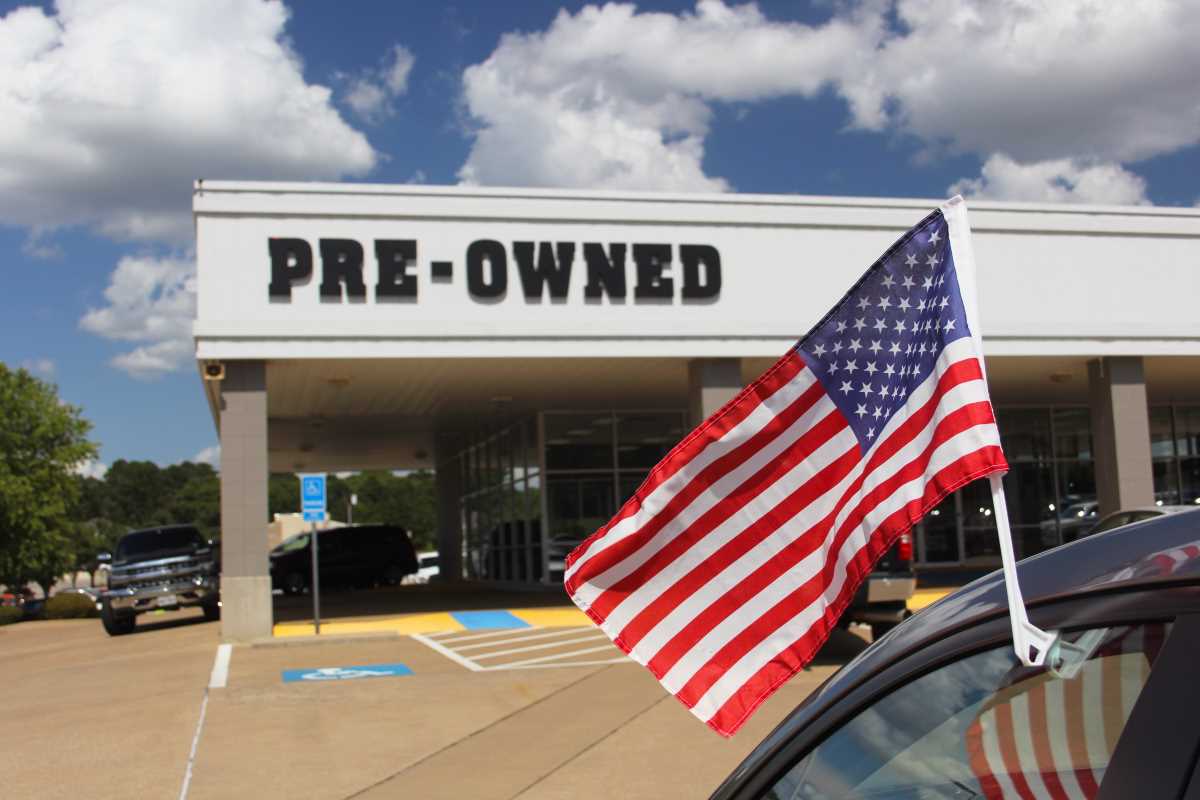 (Image via
(Image via